It is the studios, backgrounds, and creative languages that shape the style of major players in contemporary art. Artist John Salminen, whose unique style will be among the faculty members of the fourth edition of Watercolor Live, online January 24-26, 2024, is no exception. 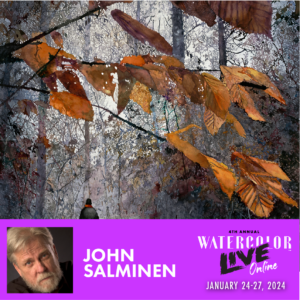
From a great passion for drawing that was born when he was still a child and supported by the question, “What do I want to be when I grow up?”, the step was very clear from the beginning for John.
After drawing toy cars and copying illustrations in high school and greatly improving his technical skills, John attended the University of Minnesota, where he earned his bachelor’s and master’s degrees in fine arts.
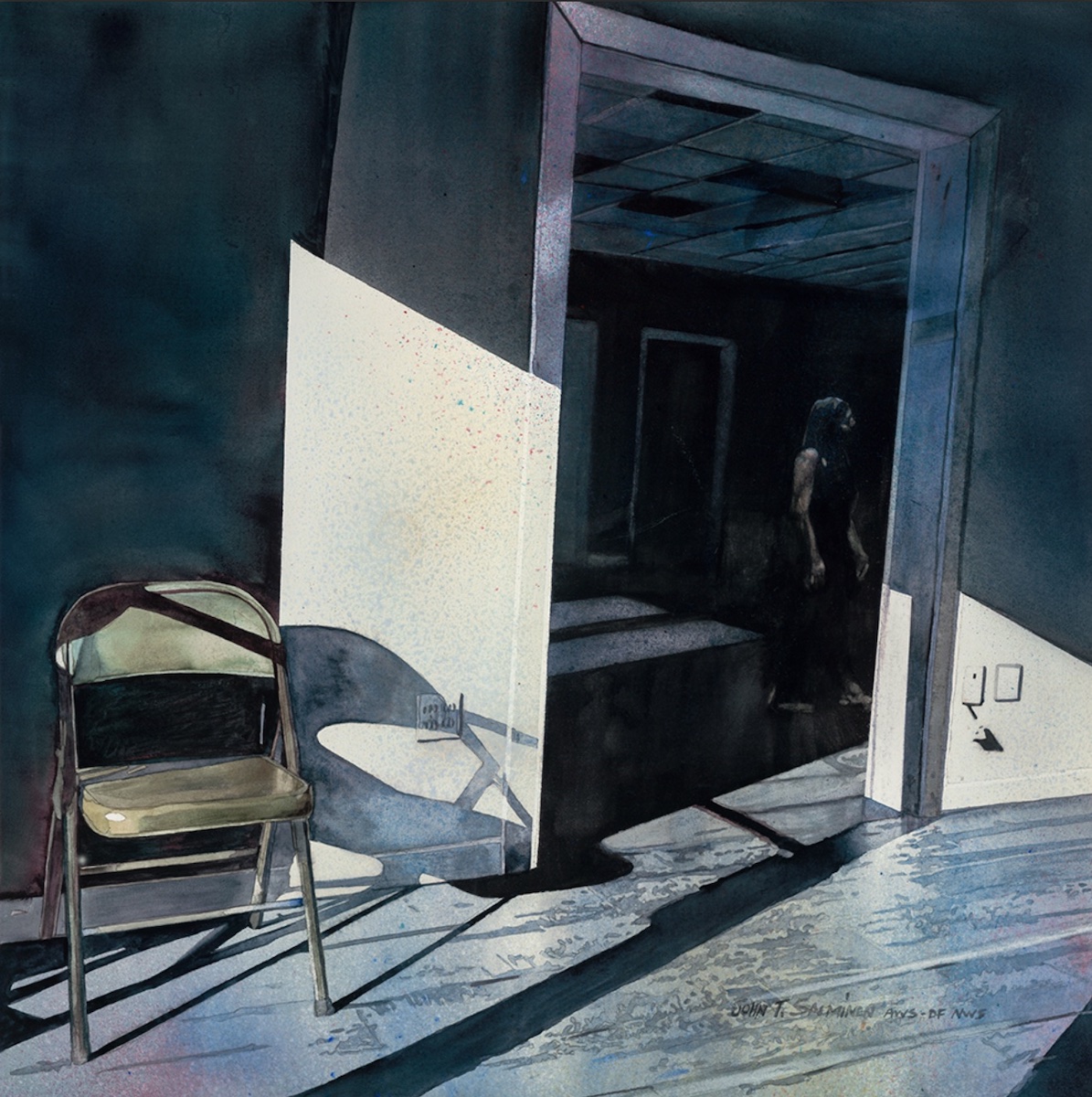
Besides winning numerous awards and being a member of prestigious institutions devoted to watercolor such as the American Watercolor Society, the National Watercolor Society, and the Transparent Watercolor Society of America in the United States, he is also the President of the International Masters of Watercolour Association centered in Shanghai China and a member of top organizations in China and Australia.
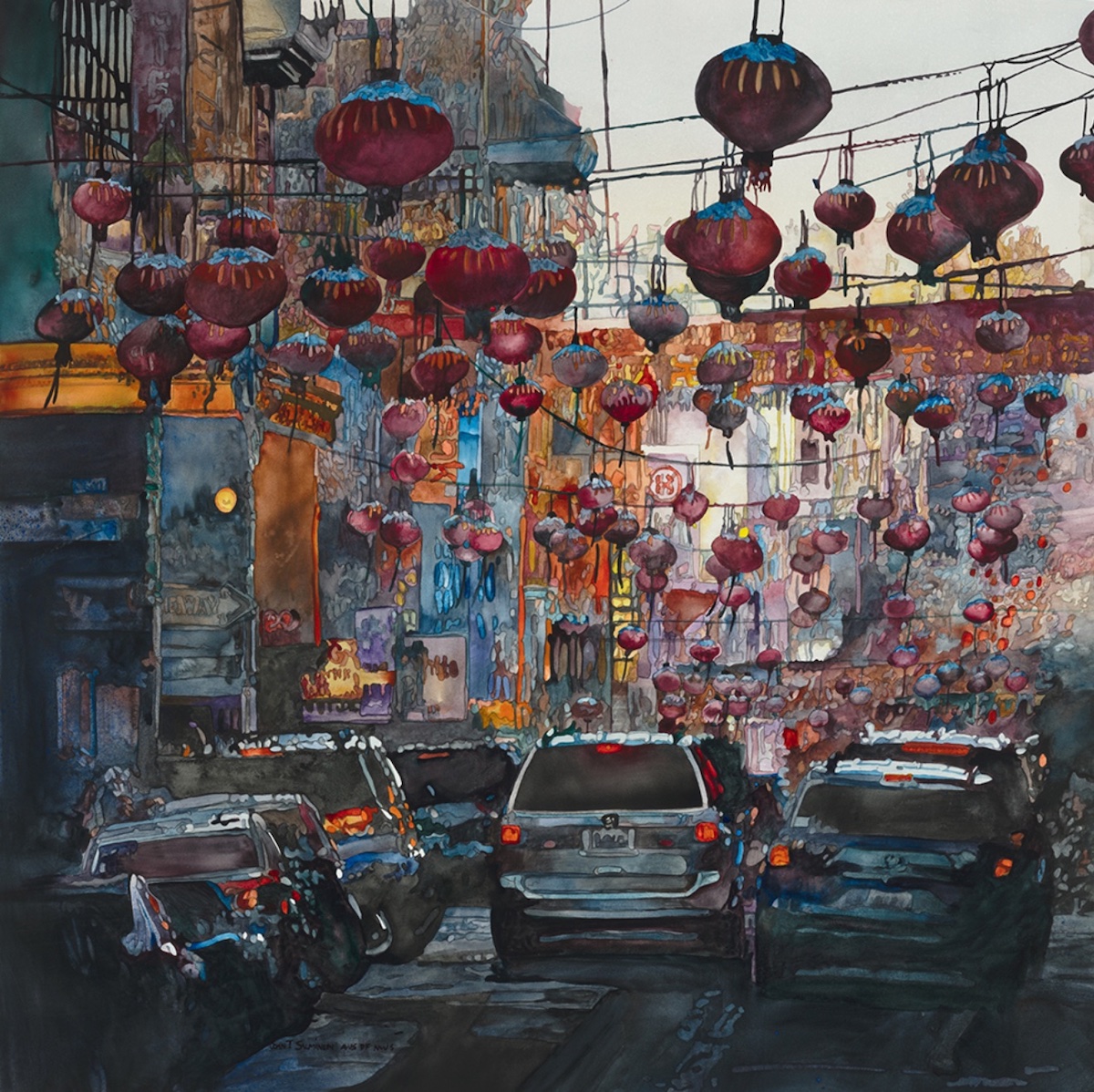
The university and its way of educating, imparting mainly notions of abstract and conceptual art, had a great impact on John’s style. He learned to love De Kooning and Franz Kline and to apply the abstract notions he acquired to his technique, which always took into account his love of illustration, an unconscious culprit in the tussle of the time. “Illustration was a dirty word in the fine arts world,” said the artist, who counts among his favorite illustrators the stylized approach of Bernard Fuchs.
But it wasn’t until the late 1980s, taking a watercolor course (not taught in college) with Cheng-Khee Chee, that he fell in love with the medium and hasn’t abandoned it since.
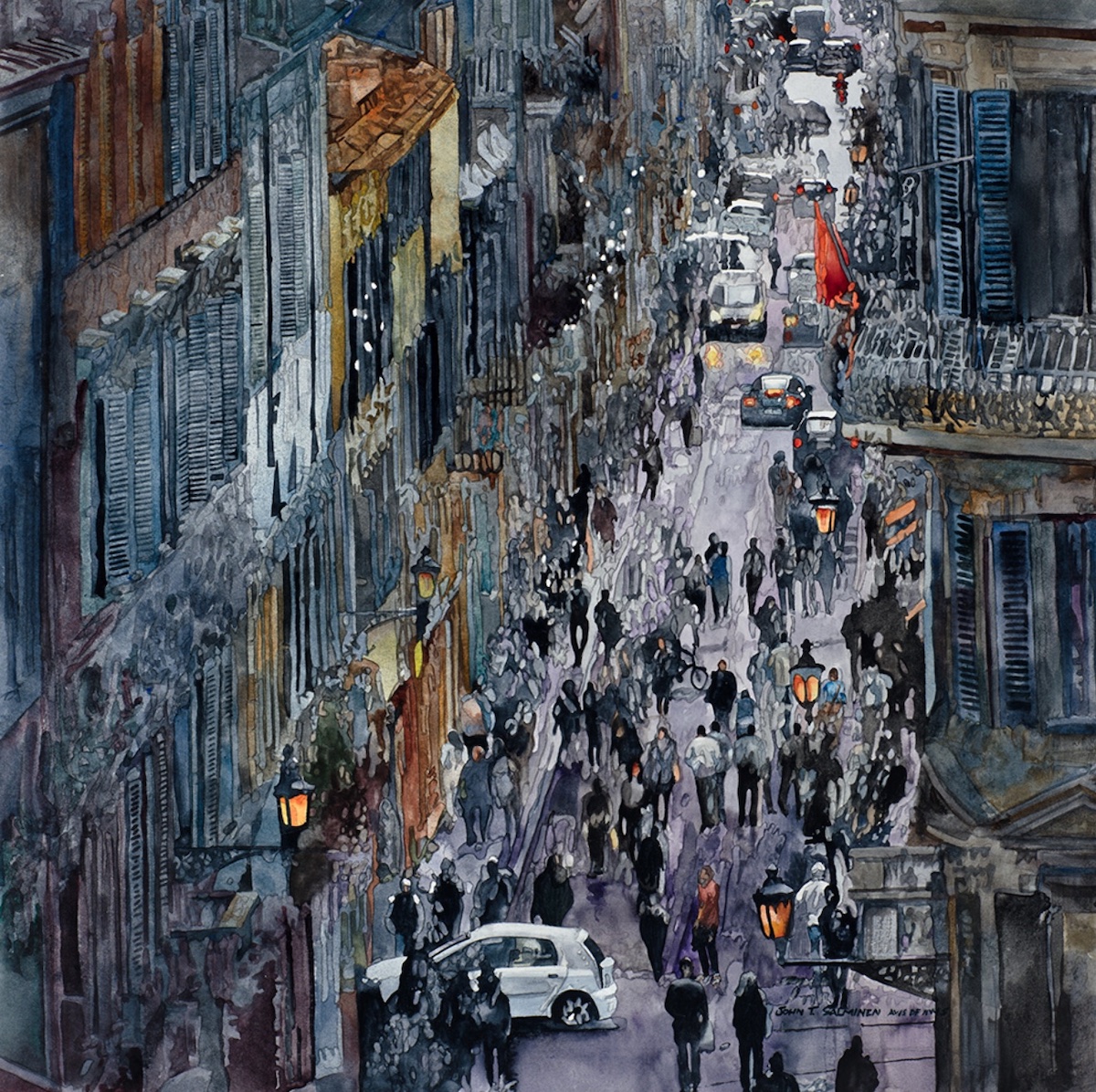
“I tried to copy some of his drawings, conscious about the fact that there could not be a second version of Cheng-Khee Chee,” John said. He also took the opportunity to revisit the works of Edward Hopper and the Ashcan School, with George Bellows and John Sloan.
It was only when a collector told him he recognized his style that he realized he possessed one of his own, which was nothing more than the sum total of the elaboration of his studies and the influence of all the artists who had shaped him in some way, also including Robert Wood and Frank Webb.
His style slowly evolved until it took on a recognizable identity.
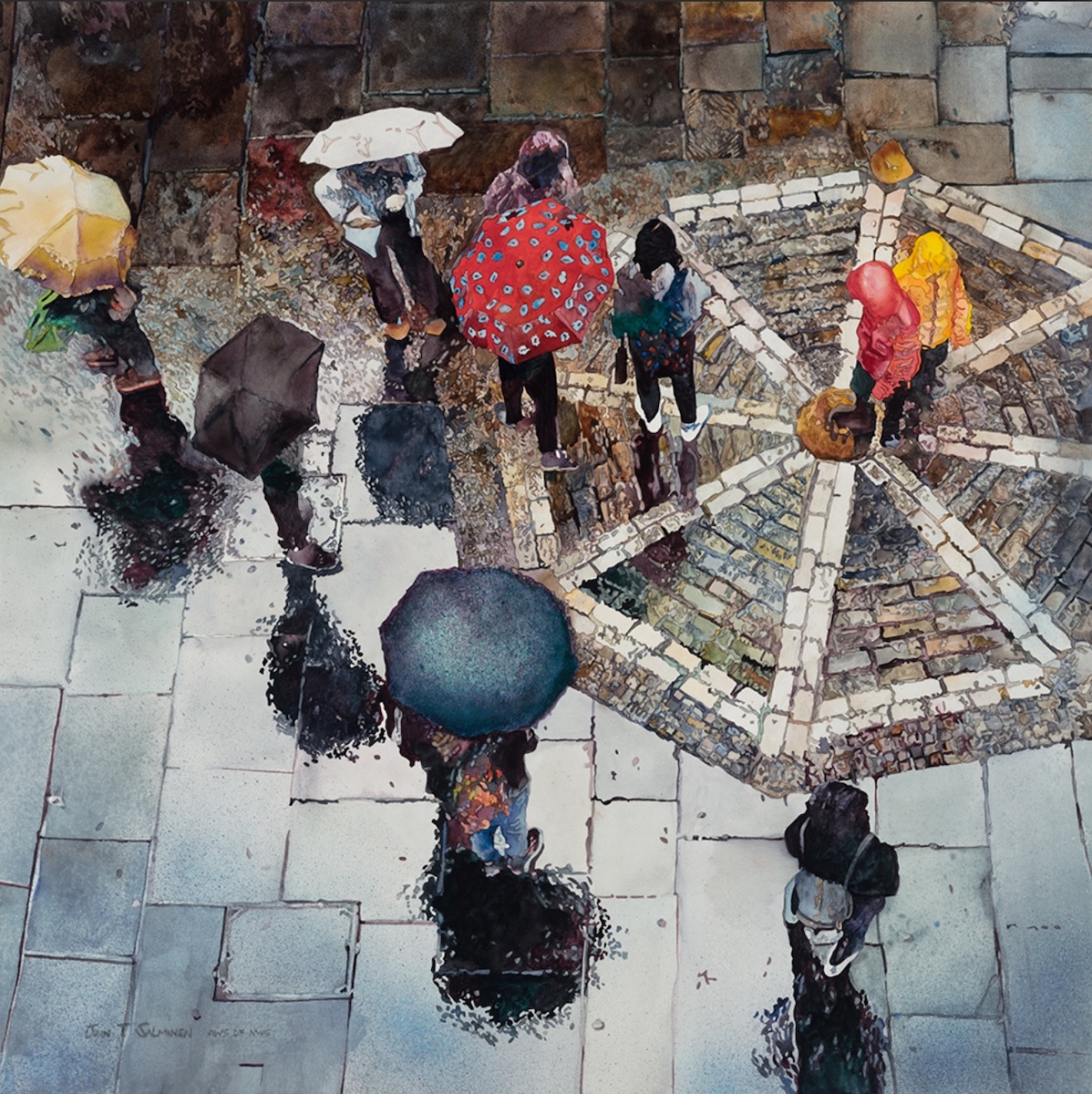
In practice, John habitually tends to make a live preparatory drawing that he reworks in the studio at a later time by varying the compositional elements. This is an exercise that he initially did with the naked eye and now instead achieves with more precision with the use of the camera: He takes hundreds of photographs that he later cuts, reworks, and recomposes, also with the help of dedicated software. John adds that he always remembers that the details cannot overwhelm the painting.
Having defined the design and composition, he transfers the drawing to the paper with a grid, while also not disdaining transfer by projection, which, citing a definition by Cheng-Khee Chee, is nothing more than: “A technical shortcut as long as you don’t project behind your ability to draw.”
“Using transparent watercolor and taking care not to make mistakes always remains the greatest and most satisfying challenge for a watercolorist,” he said.
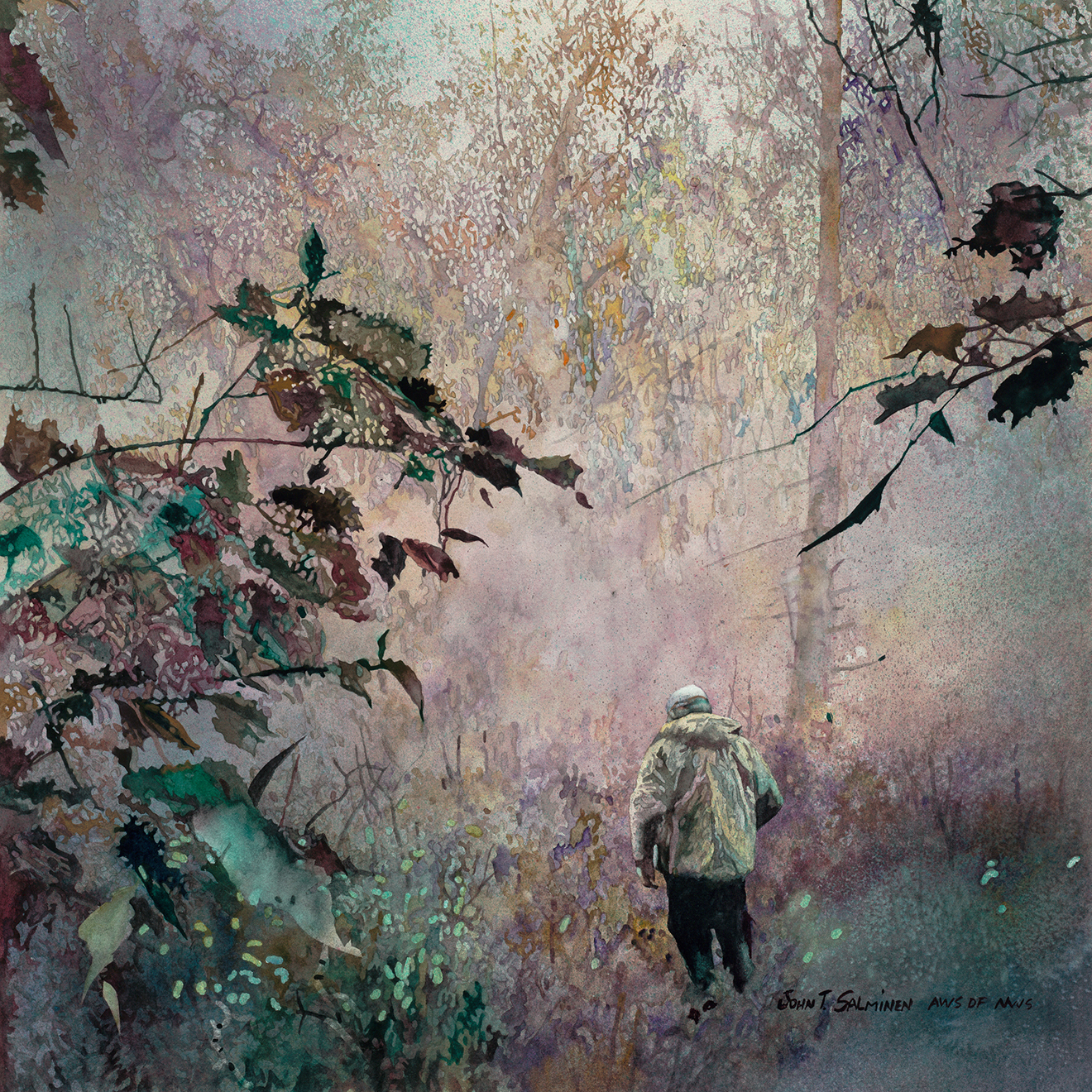
For his demonstration at Watercolor Live, starting with a drawing study made in China, he will carry out the entire compositional process showing how “the relation with abstraction is all about the relation of the shapes. When the painting is finished it has to give the sense of illusion. So after being very accurate in capturing the values if you do a strong values-based painting, the illusion is a believable work of art.” John added that he considers Watercolor Live a must-do event to master the watercolor technique, which is as difficult as it is amazing and satisfying.
***
Become a Realism Today Ambassador for the chance to see your work featured in our newsletter, on our social media, and on this site.


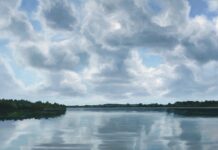
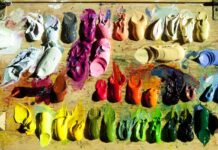

I really enjoyed this article on John Salminen. His work is amazing.
Comments are closed.